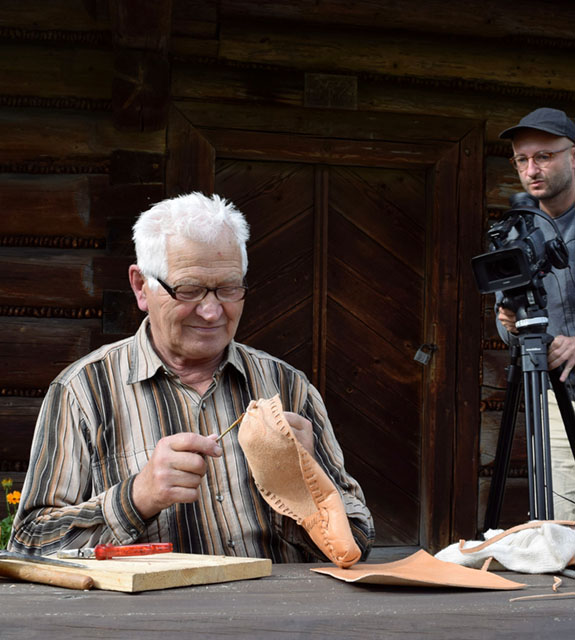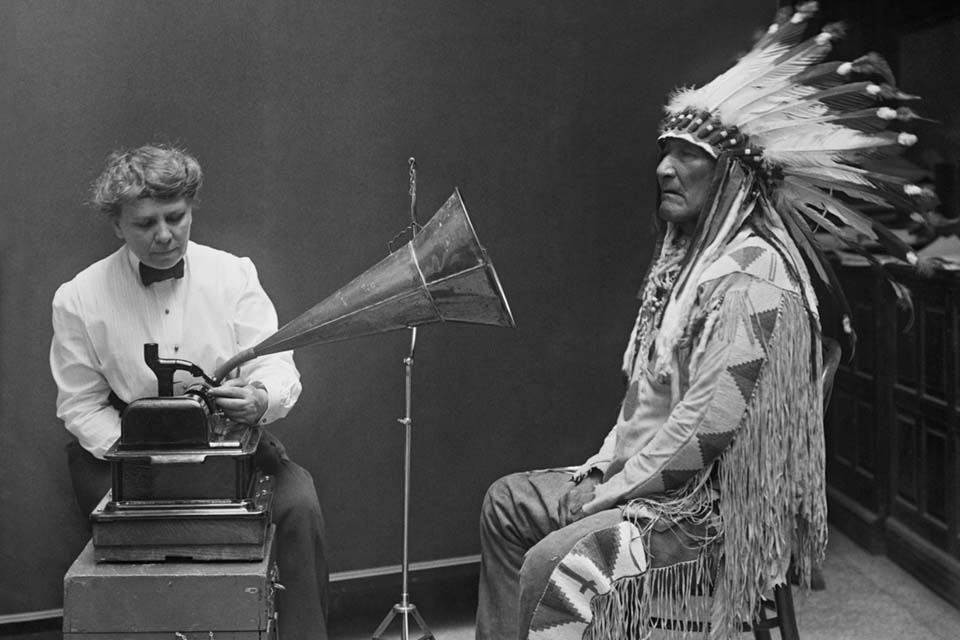
Ethnography research
"What people say, what people do, and what people say they do are entirely different things." To understand this better let's consider a broad example by looking at a basic piece of quantitative research.
45% of people are unhappy with their current employment. So, what do we know? A lot of people don't like their jobs. But we don't have any idea why? And ethnography, like all qualitative research, is great at uncovering "why."
So let's start out by doing some interviews with people who claim to be unhappy at their job. And these are some of the things we find out: "I don't think I get paid enough for what I do", "This job is boring, wish the time will go faster". Now this information is great, but I think we can get even deeper into the problem with ethnography.
Now let's see what happens when we use ethnographic observations of the work environment. And this is what I observed: there are no windows or natural light inside of the office, there seem to be too many useless meetings, workers often appeared bored and frustrated, low-level employees had several managers to answer to, and there was little teamwork or collaboration.
So by using ethnography, we were able to discover more about what it's like to be a worker at this organization, we gained empathy for the workers, and having this empathy sheds new light on why they're unhappy.
45% of people are unhappy with their current employment. So, what do we know? A lot of people don't like their jobs. But we don't have any idea why? And ethnography, like all qualitative research, is great at uncovering "why."
So let's start out by doing some interviews with people who claim to be unhappy at their job. And these are some of the things we find out: "I don't think I get paid enough for what I do", "This job is boring, wish the time will go faster". Now this information is great, but I think we can get even deeper into the problem with ethnography.
Now let's see what happens when we use ethnographic observations of the work environment. And this is what I observed: there are no windows or natural light inside of the office, there seem to be too many useless meetings, workers often appeared bored and frustrated, low-level employees had several managers to answer to, and there was little teamwork or collaboration.
So by using ethnography, we were able to discover more about what it's like to be a worker at this organization, we gained empathy for the workers, and having this empathy sheds new light on why they're unhappy.




